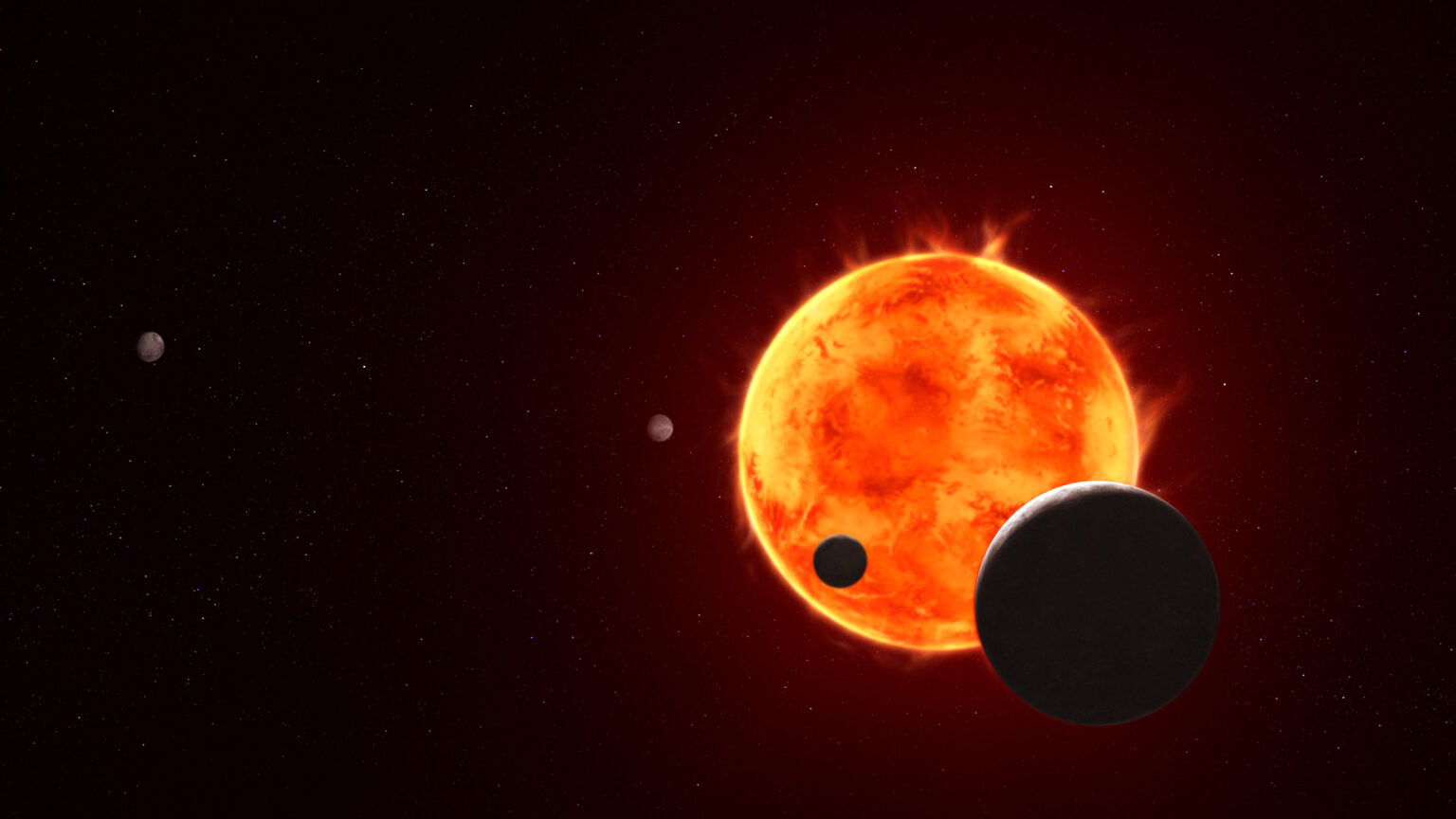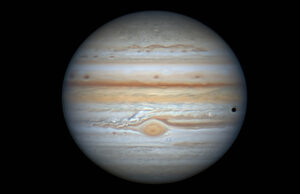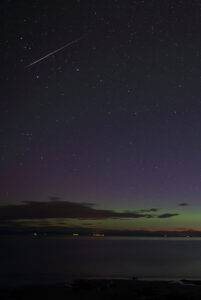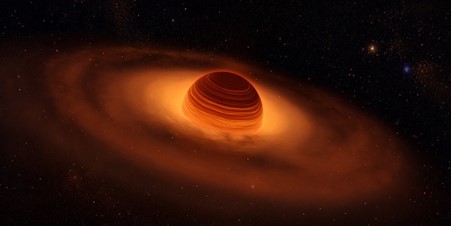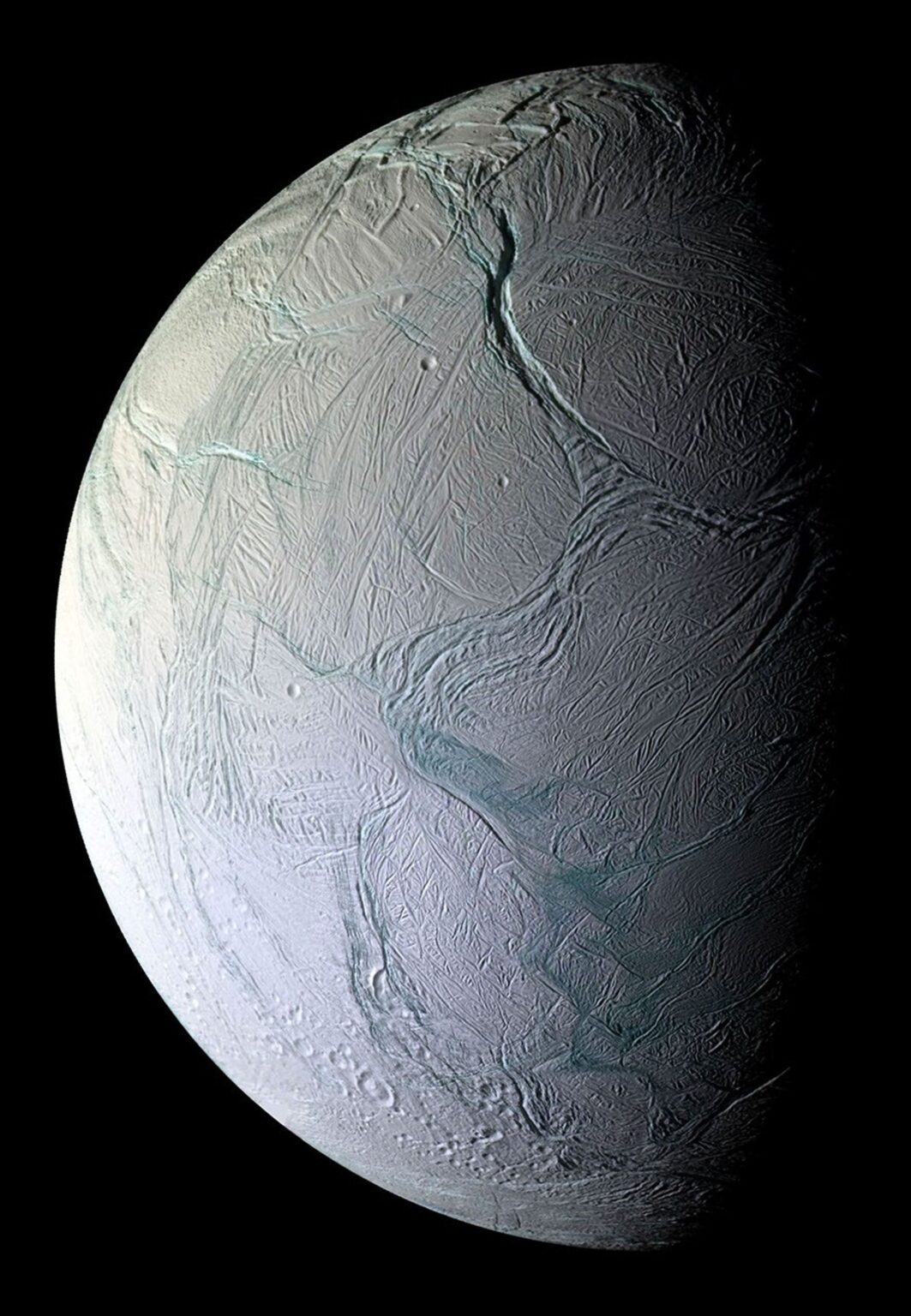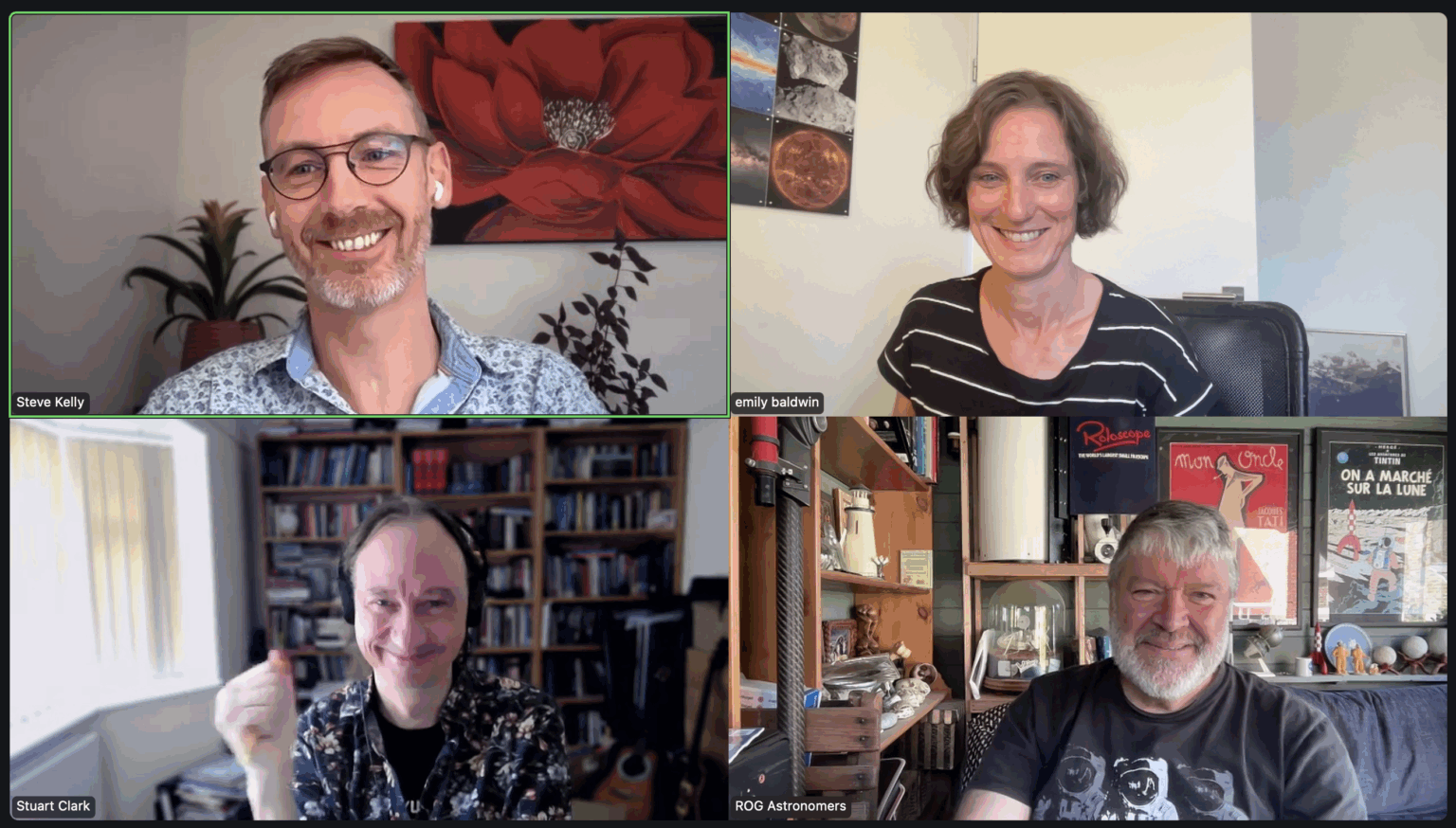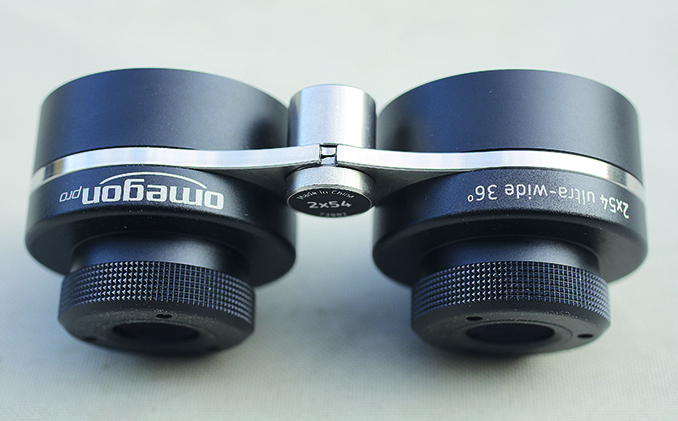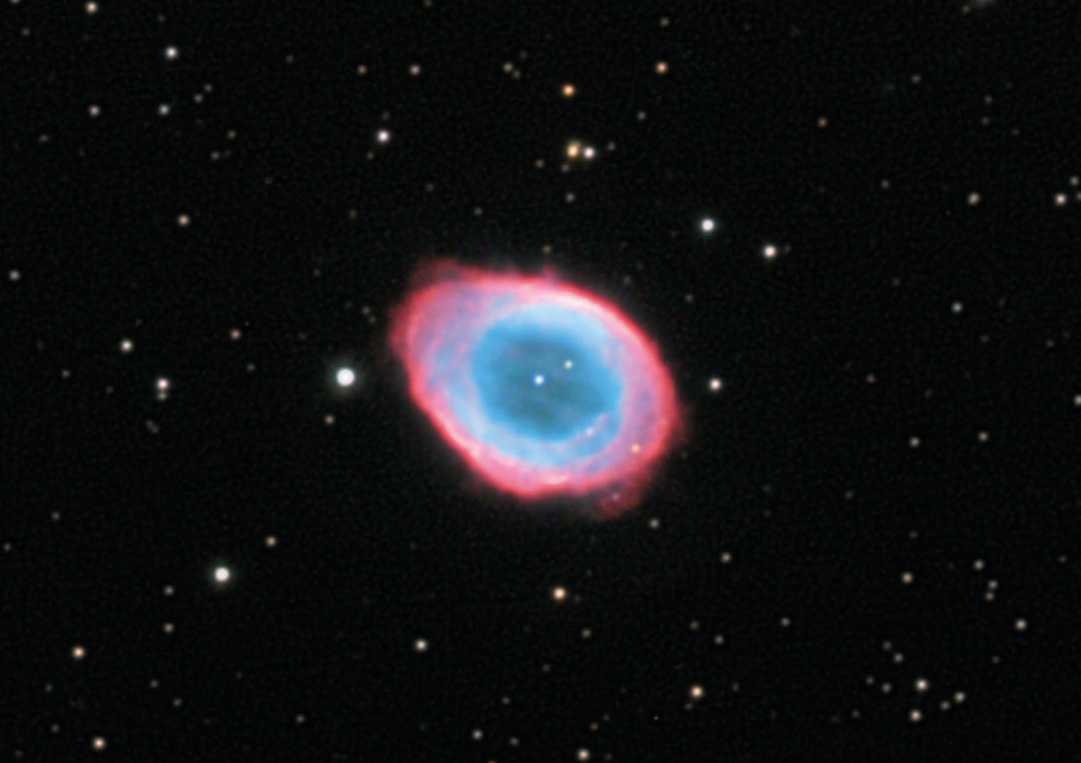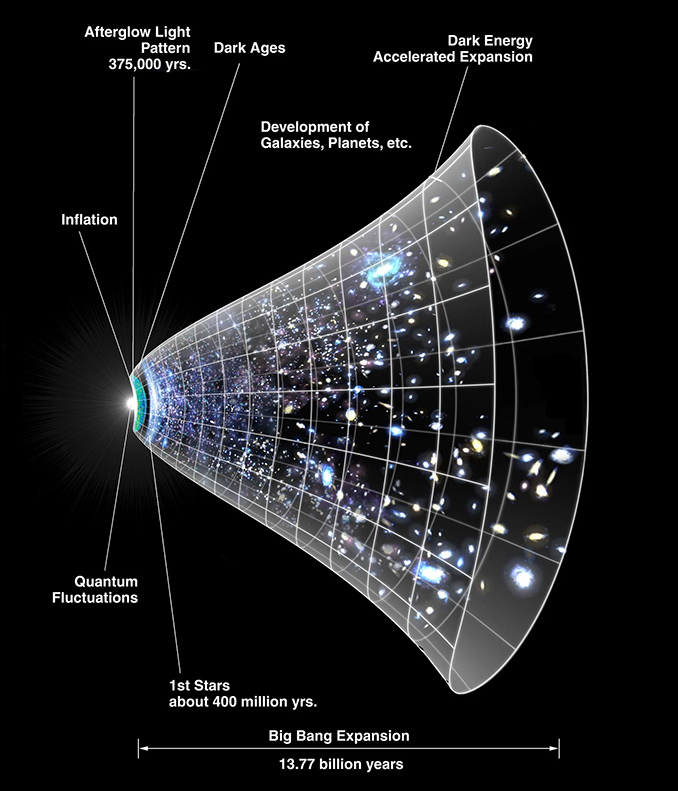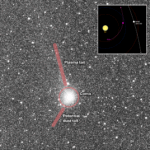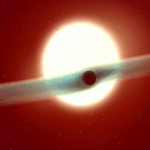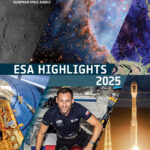An artist’s impression of the Earth-size exoplanet TRAPPIST-1e, depicted at the lower right, is silhouetted as it passes in front of its host star. Scientists call this event a transit.
Astronomy Now2- Page
By Ian Whitely, chair of the Save Herstmonceux Observatory campaign Since the September issue of Astronomy Now went to press, we’ve heard that the lease to the Observatory Science Centre
Get ready for a clash of the titans when Venus and Jupiter, the two brightest planets in our Solar System, come together for a dazzling event visible across the length
August means the Perseids: the annual shooting star spectacular reaches its peak to wow meteor enthusiasts with abundant bright events, writes Astronomy Now’s Night Sky manager Mark Armstrong. The Perseid
A generative AI impression of a circumstellar disc surrounding a free floating planet. Though not bound to any star, these solitary giant planets appear to possess discs similar to the
Professor Michele Dougherty in the lab at Imperial College. Credit: Imperial College. His Majesty The King has approved Professor Michele Dougherty as the new Astronomer Royal. Professor Dougherty will be
Steven Young (right) symbolically hands over Astronomy Now to Stuart Clark. Credit: Neil Monaghan. Dear Astronomy Now community, We have some exciting company news we’d like to share with you…
Omegon 2 x 54 wide-field binoculars Multi-coating and blackened lens edges prevent reflections to ensure a clean untroubled field. Galilean binoculars go all of the way back to, well, the
The extraordinary Ring Nebula (Messier 57), showing off its multilayered form. Image: Bob Fera. Messier 57, more famously known as the Ring Nebula, graces the constellation Lyra as one of
The “Hubble tension” refers to a long-standing discrepancy in measurements of the universe’s expansion rate — specifically, between values calculated from nearby observations (like Cepheid variable stars and Type Ia
-
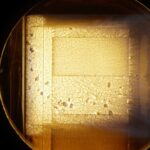 012024 in Review: Highlights from NASA in Silicon Valley
012024 in Review: Highlights from NASA in Silicon Valley -
 02Panasonic Leica Summilux DG 15mm f/1.7 ASPH review
02Panasonic Leica Summilux DG 15mm f/1.7 ASPH review -
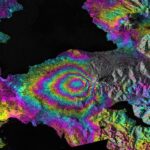 03How New NASA, India Earth Satellite NISAR Will See Earth
03How New NASA, India Earth Satellite NISAR Will See Earth -
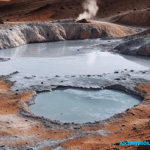 04From Polymerization-Enabled Folding and Assembly to Chemical Evolution: Key Processes for Emergence of Functional Polymers in the Origin of Life
04From Polymerization-Enabled Folding and Assembly to Chemical Evolution: Key Processes for Emergence of Functional Polymers in the Origin of Life -
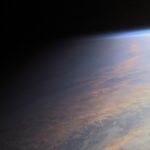 05And Thus Begins A New Year For Life On Earth
05And Thus Begins A New Year For Life On Earth -
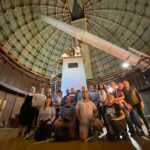 06Astronomy Activation Ambassadors: A New Era
06Astronomy Activation Ambassadors: A New Era -
07SpaceX launch surge helps set new global launch record in 2024


